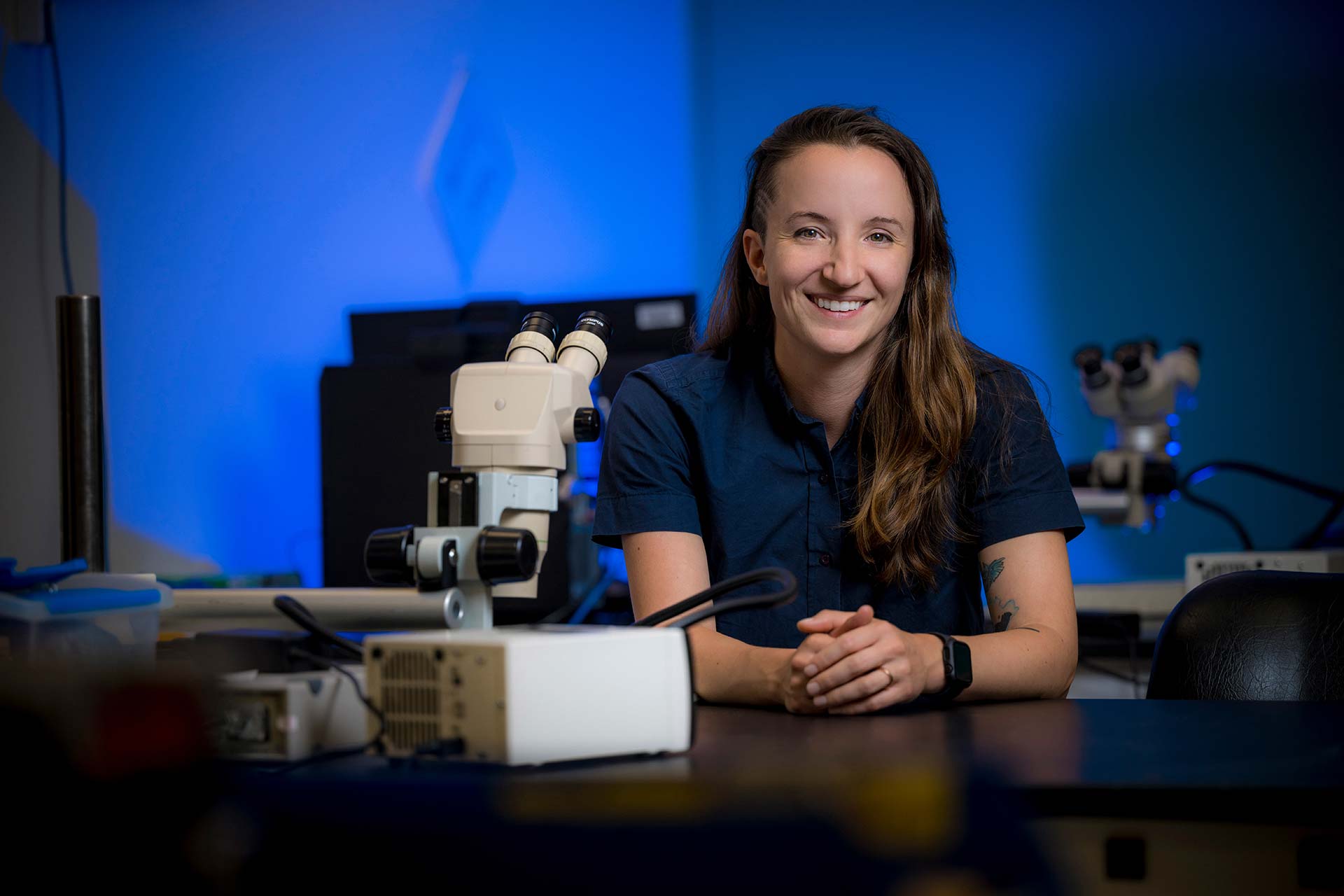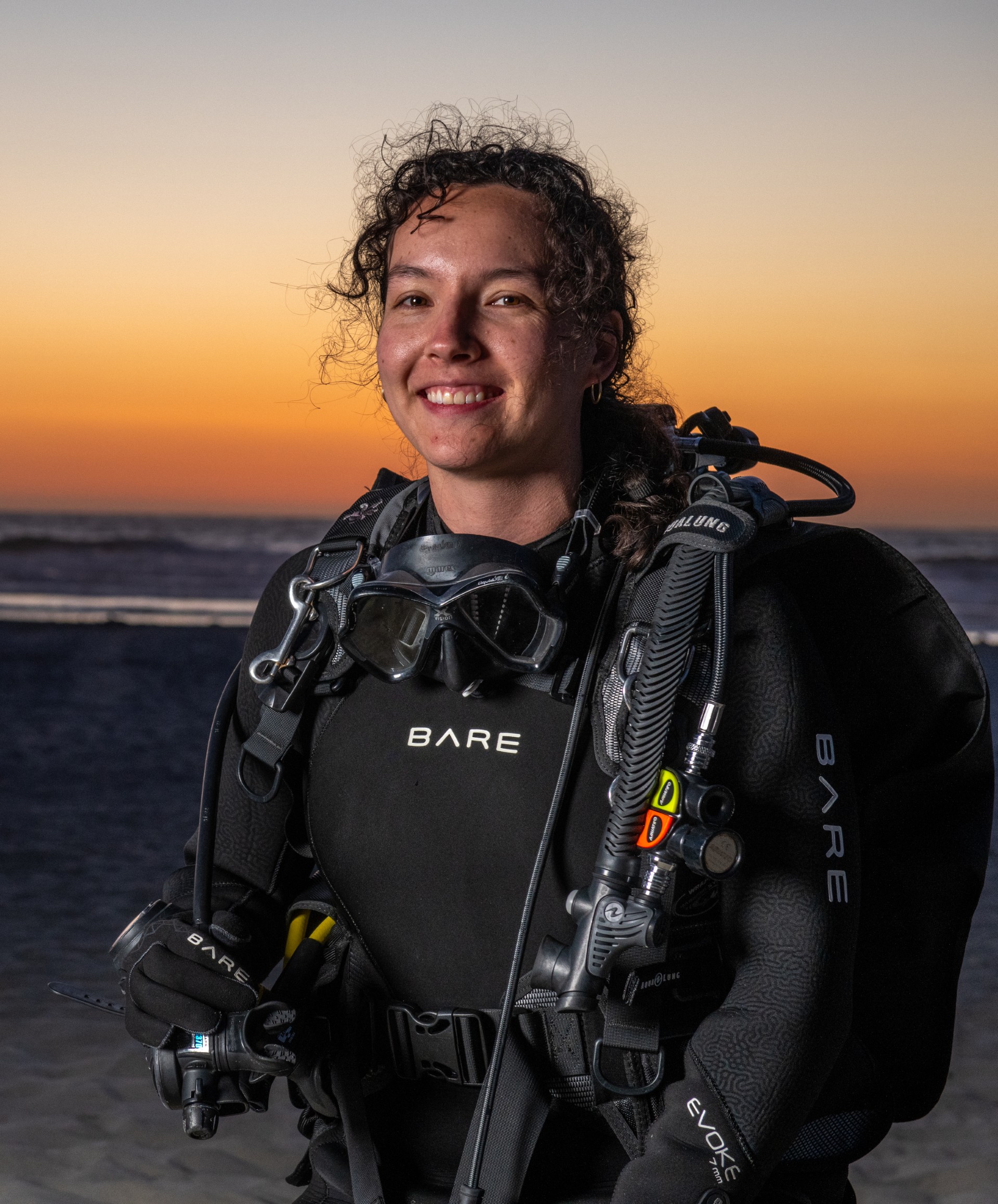
Craveology Cafe and the North Star Science Store are temporarily closed for renovation.
Ever thought that learning would be more fun with a cold drink in hand? We've got you covered! Suds & Science brings scientists face-to-face with the public at local neighborhood bars for a night of learning, drinking, and community that you won't want to miss!
Highlights:
Get your ticket today and join us at the next Suds & Science event!
Event topics:
Hackers for Hire, Anti-Phishing Training, and More! Using Data to Improve Security Decisions
As more of our world moves to the Internet, cybersecurity becomes an issue that affects everyone. Though the cloak-and-dagger media depiction of cybersecurity may be exaggerated, the reality is that security is, in part, a constant cat-and-mouse game with attackers who are trying to wreak havoc on one side and defenders on the other side, trying to protect users.
At this Suds and Science, we'll dive into the realities of the world of cybersecurity. We'll talk about historical precedence and how we got to the world we are in today, and where some of the biggest future threats are. We'll also chat about how copious amounts of data can be used to help improve security decisions (including hilarious and counterintuitive outcomes), and finally, what this means for YOU as a person existing on today's Internet.
Lecturer: Ariana Mirian, Senior Security Researcher
Developing Your Neurobullshit Detector
As a neuroscientist, my life naturally has a lot of brains in it. But these days, I see brains quite a bit outside of work, on news articles about ChatGPT, sleep-promoting drinks, and even hair dryers. Many people use neuroscience to sell us things or tell us something about how our minds work, but how can you, someone who probably doesn’t study brains, make heads or tails of brain stuff? In this talk, I’ll give you a few tools to suss out when neuroscience information is useful, trustworthy, and worth paying attention to. You’ll leave with a finely-tuned neurobullshit detector and a newfound appreciation for all of the very cool and legitimate ways neuroscience is changing the way we understand our brains and ourselves.
About the Speaker
Ashley Juavinett is a neuroscientist, educator, and writer, currently working as an Associate Teaching Professor in Neurobiology at UC San Diego. She is the author of So You Want To Be a Neuroscientist?, a guide to the field for aspiring scientists. You can learn more at www.ashleyjuavinett.com.

Tentacle Tinder: How Cephalopods Decide When to Swipe Right
Cephalopods (the class of mollusks that includes octopuses, squids, cuttlefishes, and nautiluses) are renowned for their complex cognitive abilities and for their remarkable capacities to rapidly alter their body patterns for camouflage and communication. But behind the scenes, things get even stranger. Nearly all cephalopod females mate with multiple males and can store sperm for weeks to months. That means each female carries a tiny archive of potential fathers. So the big question becomes: when everyone is competing for a spot in that archive, how do cephalopod females decide who to mate with, and can they control whose sperm ultimately fertilizes their eggs?
About the Speaker
Theodora is a PhD student in Marine Biology at Scripps Institution of Oceanography, UC San Diego. Prior to starting at SIO, Theodora researched chronic reproductive pain conditions in New York, created marine science multimedia as a science communication intern at Point Reyes National Seashore, and studied cephalopod neuroethology as a research intern at Okinawa Institute of Science and Technology. Theodora currently studies the evolutionary and behavioral dynamics of female choice in cephalopods, with a focus on local California market squid. When she’s not doing research or underwater, Theodora can usually be found listening to or singing classical music.

Not All Intelligence is Human
Not all intelligence looks like a human brain. Long before humans built machines, evolution shaped nervous systems that could navigate darkness, coordinate without leaders, and control complex movement with remarkable efficiency. In this talk, I’ll explore how scientists and engineers learn from non-human nervous systems - from ants and bees and bats and octopuses - to inspire modern technologies. By looking beyond our own brains, we’ll see how different kinds of minds solve problems in surprising ways, and how these biological strategies are quietly shaping the tools we use every day.
About the Speaker
Chiaki Santiago is a recent doctoral graduate from UC San Diego, earning her neurosciences graduate degree, investigating inhibitory hippocampal circuit activity during sleep. She is currently a Medical Writer at Precision Medicine Group, where she works at the intersection of science and communication, translating complex neurological concepts into clear, accessible writing.
